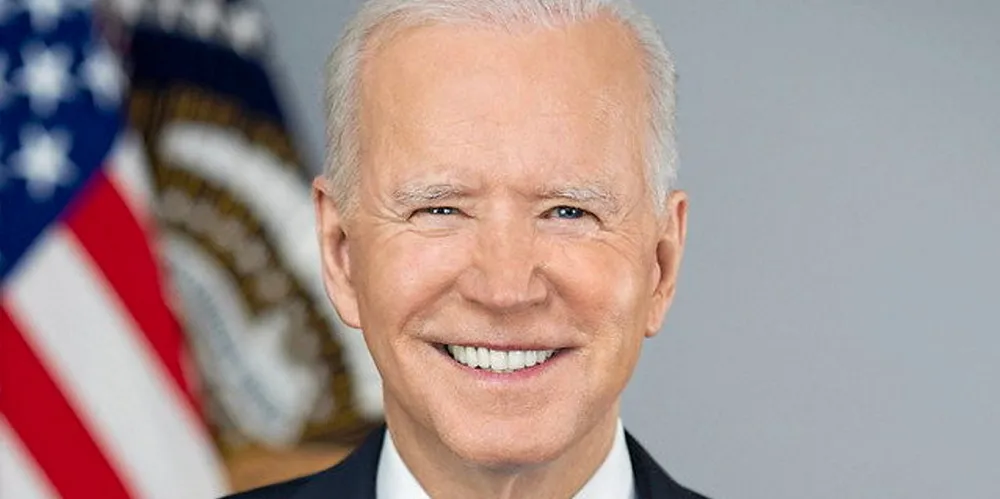US Atlantic fishery fleet could land 'thousands of job-years' from work in offshore wind
Employment creation potential from current pipeline of projects off eastern seaboard put at 2,600 job-hours by New York State Economic Research & Development Authority study
